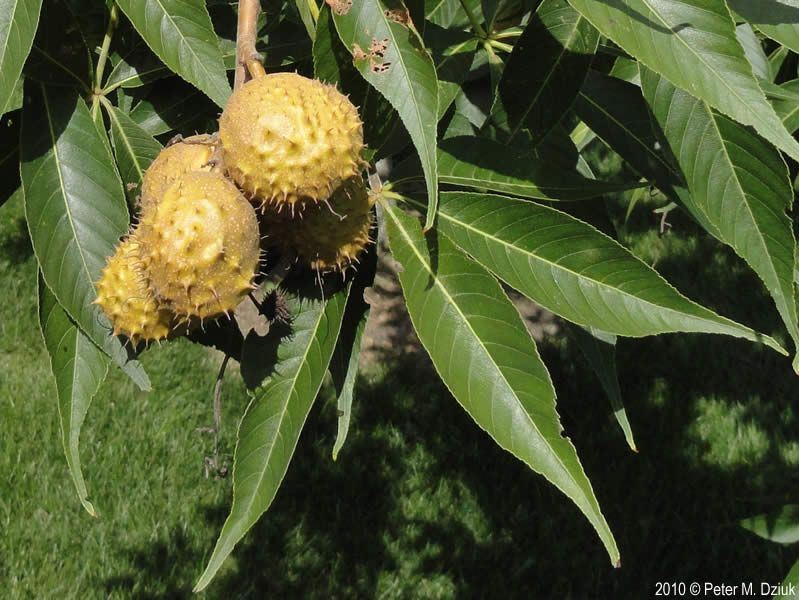All across America, cities are looking to boost their climate resilience, reduce their urban heat island effect, restore biodiversity and enhance quality of life (all of which contribute to revitalization) by restoring their urban forests.
But doing so requires massive amounts of native seeds, which can often be in short supply.
One of the most efficient ways to obtain needed seeds is to appeal to local residents to collect nuts (like acorns) from their property.
As an example that can be replicated in any city worldwide, here’s how The Nature Conservancy is doing so in Ohio:
We’re asking volunteers to help us regenerate Ohio’s forests by collecting tree nuts from their own yards or other public areas and delivering them to The Nature Conservancy’s office in Dublin, Ohio.
Each year, we restore hundreds of acres of degraded land.
Our restoration target is often forest, but getting trees to grow is easier said than done.
Using tree nuts and seeds can have significant advantages over planting trees established in a nursery setting.
It can also help to save money since seeds can be sourced from local populations that are better adapted to the region’s soils and climate.
Individual trees are healthier when they develop entirely in situ, and it’s often easier to supplement with seeds in future years to hedge against drought, heavy predation and other causes of mortality.
Species We’re Seeking:
- Black walnut (Juglans nigra)
- Pin oak (Quercus palustris)
- Red oak (Quercus rubra)
- Shingle oak (Quercus imbricaria)
- Bitternut hickory (Carya cordiformis)
- Shagbark hickory (Carya ovata)
- Shellbark hickory (Carya laciniosa)
- Hackberry (Celtis occidentalis)
- Ohio buckeye (Aesculus glabra)
Collecting Tree Nuts
Be sure you have permission to collect! Avoid collecting from protected natural areas and focus on trees in local parks or along streets, parking lots or your own yard. Nuts are easy to collect when they’re sitting on pavement.
How to Collect and Process Tree Nuts
Take note of where nuts were collected, recording the species, county, location, date collected and your contact information. Include a few leaves from the tree to help confirm the species.
Remove the husk (for hickories) or cap (for oaks), saving only the nut inside. If possible, perform a float test by floating hickory nuts and oak acorns in a bucket of water. Discard any nuts that float.
Store collected seeds and nuts (along with the collected leaves) in plastic, sealable bags. Include the recorded information noted above either on a slip of paper placed inside the bag or written in permanent marker on the outside of the bag.
For oaks and buckeyes, include a moist paper towel in the bag to prevent the nuts from drying. Keep sealed bags in a refrigerator or a cool, shady place until you’re ready to deliver them to TNC.
Deliver seeds and nuts to TNC’s main office in Dublin, Ohio, located at 6375 Riverside Dr., Suite 100, Dublin on Wednesday, November 8 between 9 a.m. and 5 p.m.
Featured photo of the Ohio Buckeye Nut is © Peter M. Dziuk via Minnesota Wildflowers.

